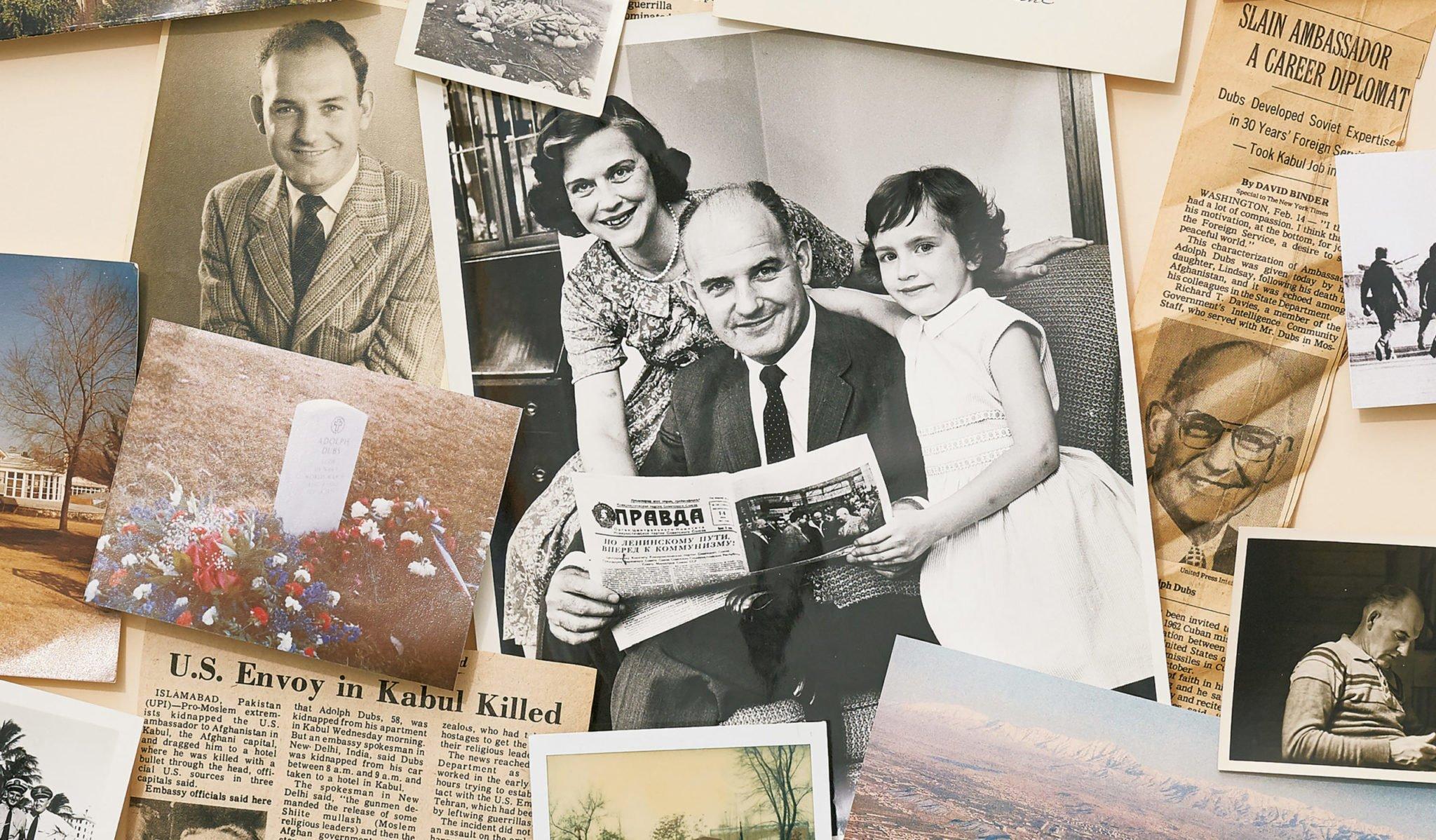
New evidence links Zbigniew Brzezinski, the CIA and European fascists who formed the Safari Club to the crime.
Dubs had sought to prevent Soviet and U.S. intervention in Afghanistan, which made him a target of neoconservatives.
As America’s oldest living president, Jimmy Carter is widely revered for his down-to-earth and folksy manner and for having taken many principled stands on political issues.
However, during his presidency in the late 1970s, it was Carter who enmeshed the United States in its longest war in Afghanistan by arming Islamic fundamentalists. The United States aimed to unseat Afghanistan’s socialist government that came to power in a 1978 revolution and induce a Soviet invasion of Afghanistan in order to give the Soviets their Vietnam.
The mastermind of Carter’s Middle East policy was Zbigniew Brzezinski, a descendent of the Polish nobility with strong Russophobic views.
Brzezinski had helped elevate Carter to the presidency as a member of the Trilateral Commission, a Rockefeller-funded group whose goal was to restore U.S. hegemony after the Vietnam War and undermine the 1960s movement.
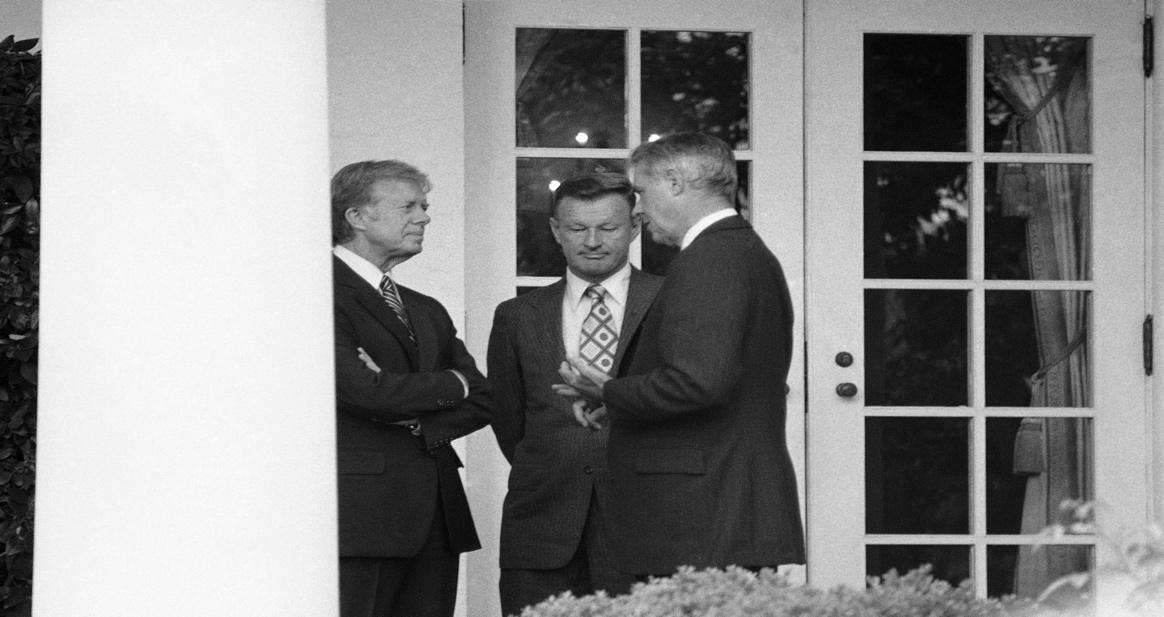
Brzezinski was allied with the Pentagon’s Team B led by neoconservatives who advocated for a massive program of remilitarization to counter the Soviet Union. Brzezinski was also associated with the Safari Club, a shadow CIA backed by members of Europe’s old nobility and the Saudi Royal family that ran clandestine operations against left-wing groups financed by the drug trade.
Afghanistan was crucial to the designs of the global Right because it provided an opportunity to strike a blow at the Soviet Union and avenge the lost war in Vietnam.
But there was one man standing in their way—U.S. Ambassador to Afghanistan Adolph Dubs—who had to be killed.
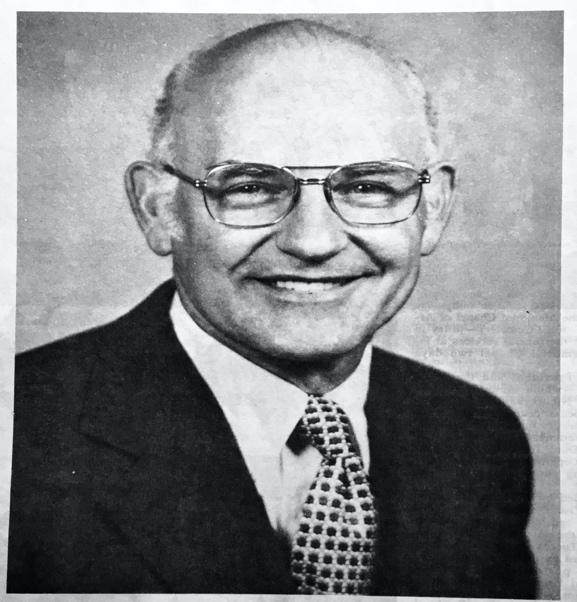
PDPA Coup
In 1978, the People’s Democratic Party of Afghanistan, a Marxist political party allied with the Soviet Union, launched a coup against Mohammed Daoud, Afghanistan’s ruler who had overthrown the monarchy in 1973.
Daoud was killed along with most of his family by PDPA officers in what is known as Afghanistan’s Saur revolution. Its leaders conceived of it as a national democratic revolution.[2]
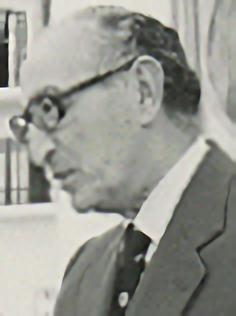
Brzezinski along with the CIA at this time warned of a Soviet master plan to take over the oil fields of the Middle East, using Afghanistan as a stepping stone.
Secretary of State Cyrus Vance dismissed Brzezinski’s claim as a Cold War fantasy and the State Department’s intelligence unit found no evidence of Soviet complicity in the 1978 PDPA coup.
While there was an oppressive side, the PDPA is considered the best government in Afghanistan’s history. It focused on building Afghanistan’s infrastructure, and providing education and health care to the masses while advancing women’s rights.
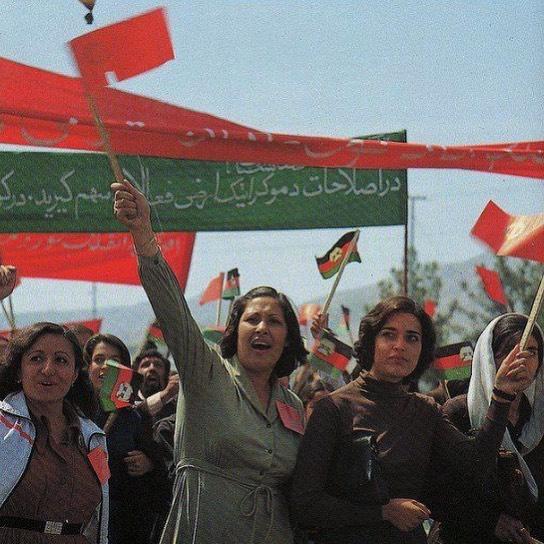
The revolution was opposed at every step by religious fundamentalists backed by the CIA who wanted to bring Afghanistan back to the Middle Ages and had a fondness for burning mosques, hospitals, and schools.[3]
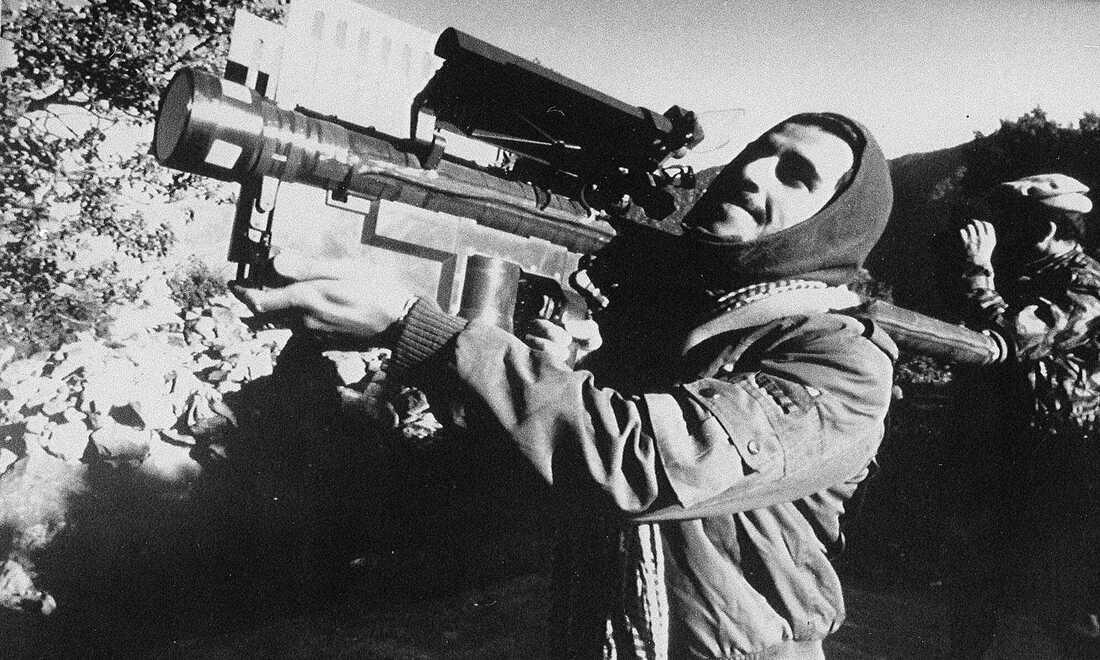
The CIA’s favorites—Gulbuddin Hikmatyar and Ahmad Shah Massoud—financed their terrorist militias through the heroin traffic and threw acid in the faces of women who did not wear the veil.
Brzezinski enlisted the Chinese to train Hikmatyar’s rebels in Xinjiang Province.
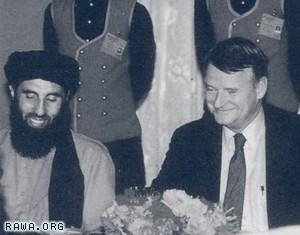
He also sought to provoke a factional struggle within the PDPA in order to destabilize Afghanistan, as declassified government documents reveal.
This strategy bore fruit when Hafizullah Amin, a main organizer of the Saur revolution who had studied at the University of Wisconsin, wrestled power from Nur Muhammad Taraki and proceeded to execute many of his political rivals.

Amin was a member of the Ghilzai clan, the same clan as Hikmatyar, and wanted to wipe out the rival Durrani family.[4] The Soviets believed that Amin was on the CIA’s payroll.
Conflict with the Deep State
Nicknamed “Spike,” Dubs took up his position as ambassador to Afghanistan in May 1978.
A proponent of Nixon’s détente policy and opponent of Brzezinski’s anti-Soviet plots, he was a Soviet expert who had served as chargé d’affaires at the U.S. embassy in Moscow in 1973-74. Originally from Chicago, Dubs’ service in the Pacific War had convinced him that humanity’s finest ambition was the pursuit of peace.[5]
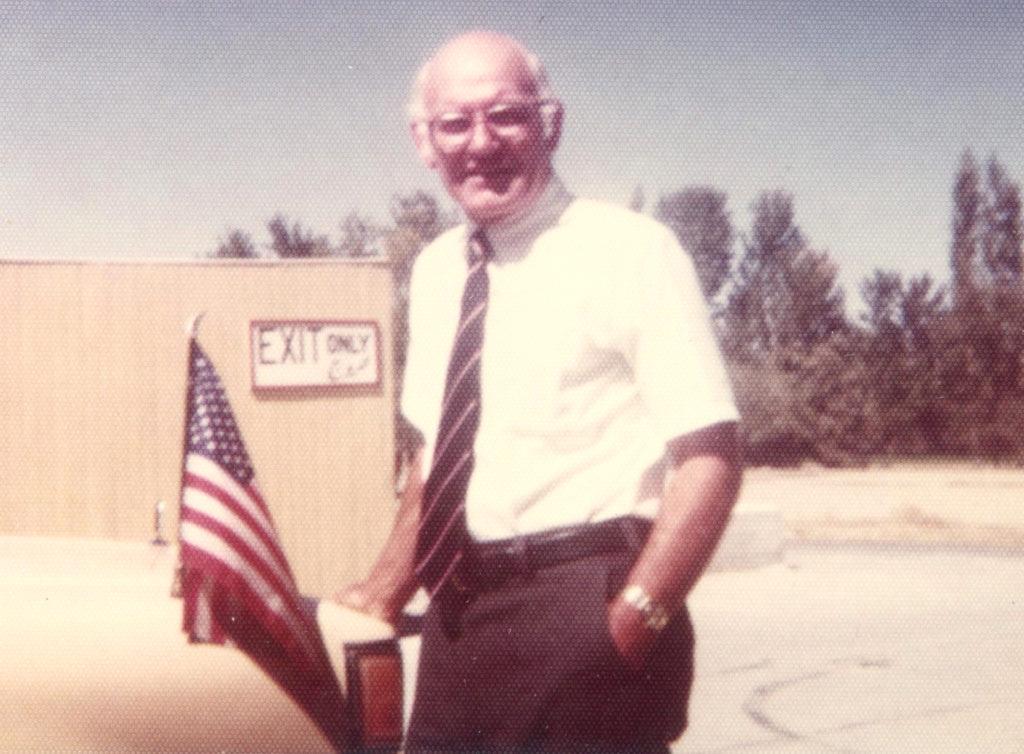
According to former Washington Post reporter Selig Harrison, Dubs’ assignment as ambassador was to coordinate a multinational and UN effort to control narcotics production and trafficking in Afghanistan and establish a close personal relationship with Amin and detach him from the Soviet Union—make him into a kind of Tito [of Yugoslavia] who was non-aligned.
The latter two goals put him in conflict with Brzezinski, Team B and the Safari Club which was using control of the narcotics trade in Afghanistan to finance the campaign to overthrow the PDPA and deal a blow to Soviet power.
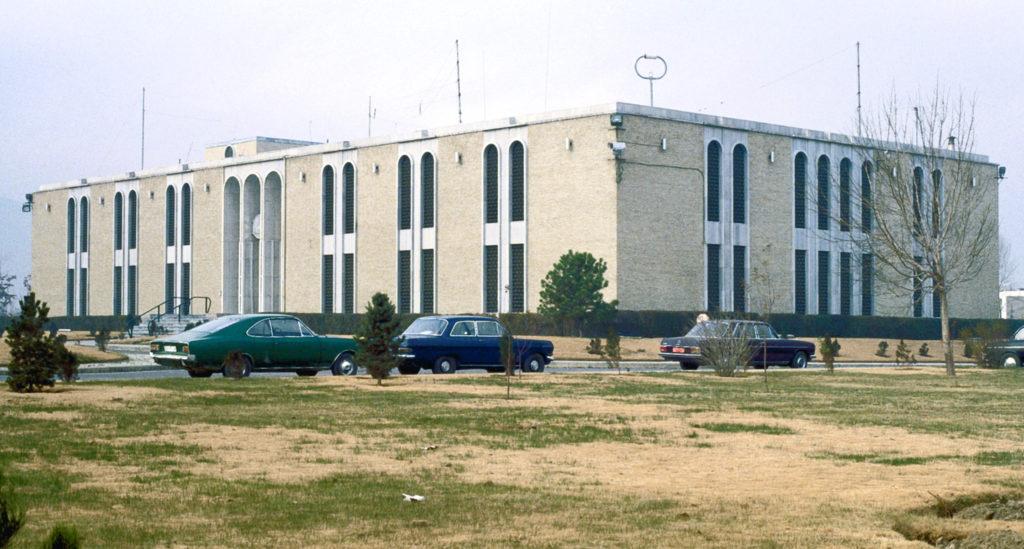
Dubs secretly met with Amin 14 times during his tenure as ambassador. He wanted to keep a back door open to American influence with him while not triggering Soviet countermeasures.
Dubs knew that Brzezinski did not approve of the meetings because Brzezinski had been running a covert operation to undermine the Afghan government since January 1977. He wanted religious fundamentalists in charge—not Afghan nationalists—and Dubs was screwing up this strategy.[6]
When Dubs complained, Brzezinski blocked Secretary of State Cyrus Vance from doing anything, and sent “his guy,” Thomas P. Thornton from the National Security Council, to tell Dubs to knock it off.[7]
Assassination
On the morning of February 14, 1979, a kidnapper posing as a police officer stopped Dubs’ black Oldsmobile as he was traveling to the U.S. embassy.
Dubs’ abductors took him downtown to the Hotel Kabul, now known as the Serena Hotel, and made demands of the Afghan government—that they release a rebel leader—but not of the Americans or Soviets.
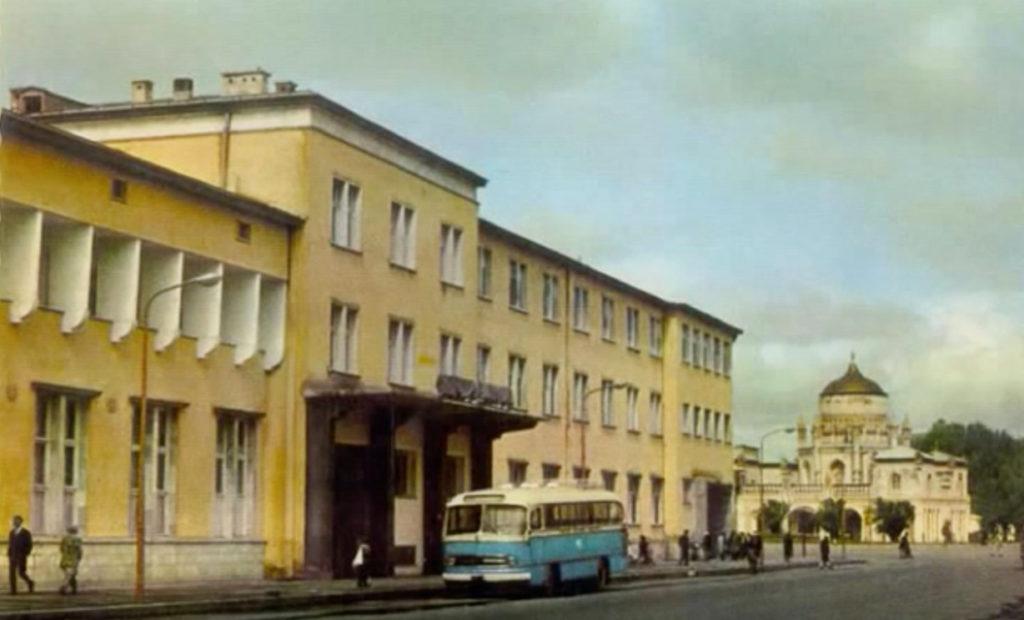
The U.S. embassy reported that the men were Tajik Maoists, whom the CIA had recruited as a backdoor into Beijing and because they despised the dominant Pashtun rulers in Afghanistan.[8]
CIA officer Warren Marik and Drug Enforcement Agency (DEA) attaché Harold “Doug” Wankel, who arrived around noon, observed three Afghan police officers with automatic rifles on the balcony of the bank building across the street.
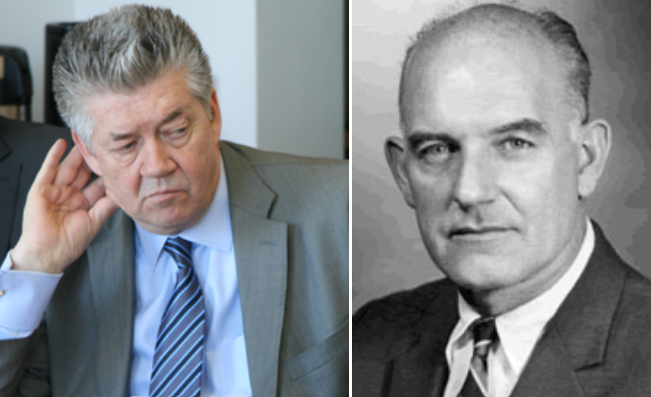
After Afghan forces stormed Room 117 where Dubs was being held, Dubs was shot in the head and chest and died.
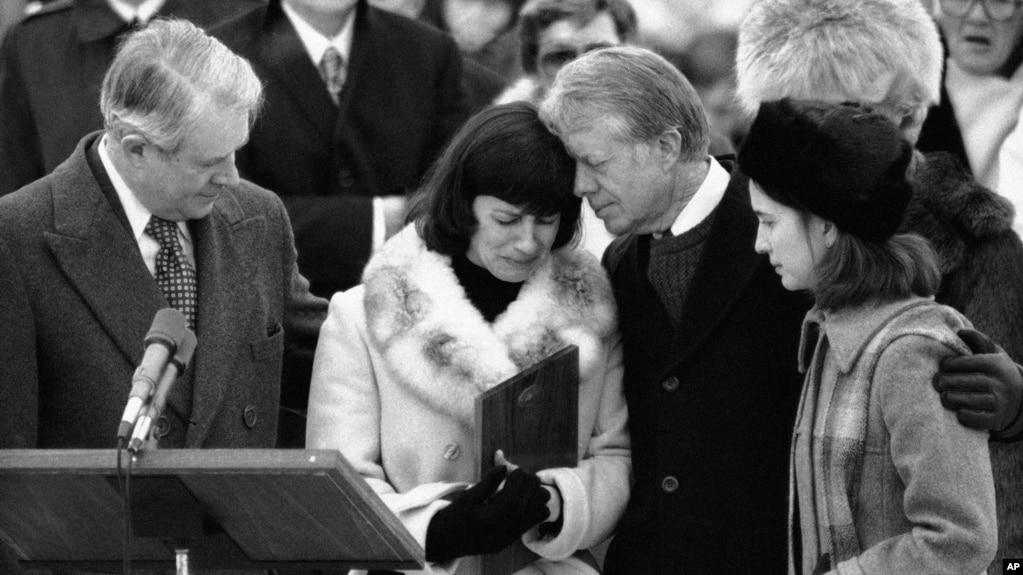
The kidnappers—patsies in a wider plot—were also killed, one away from the hotel.
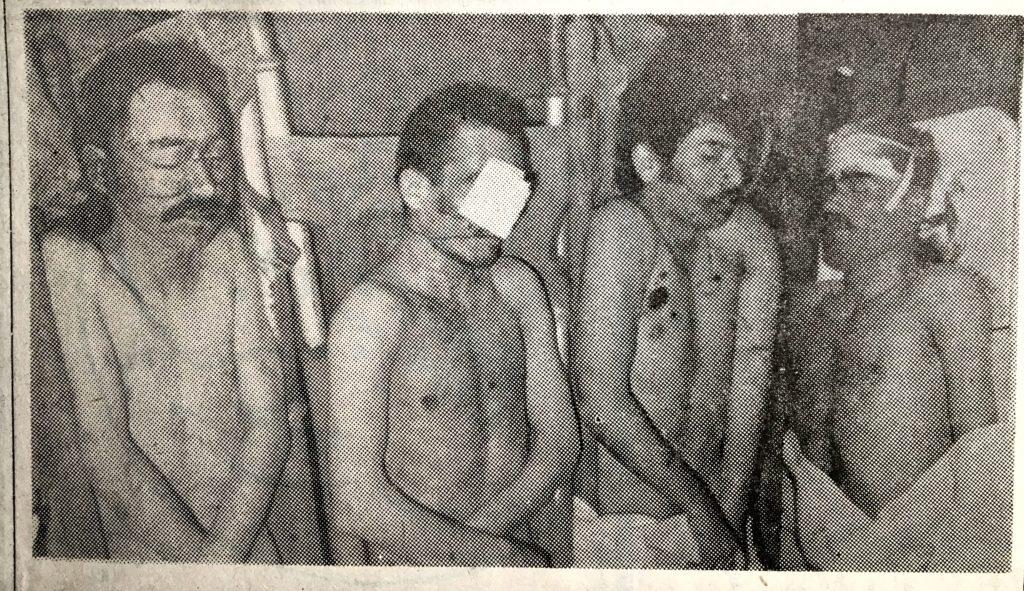
The U.S. security officer transmitted over the radio that the Afghans had been told not to storm the room, but that they were acting on someone else’s orders.[9]
When Wankel, Marik and a third embassy staff returned to Room 117 later in the day, they observed a strange man examining the room and found that the crime scene had been cleaned up and all evidence had been removed.
Soviets Are Blamed
In 1980, the State Department issued a report on its year-long investigation into Dubs’ death, attributing blame to Afghan authorities and Soviet advisers assisting them—though the report raised more questions than answers and was inconclusive.
The State Department said that at least three Soviet advisers had played an “operational role” during the storming of the hotel.

Chuck Boles, the U.S. embassy security officer saw a tall KGB operative hand a PSM pistol to an Afghan police officer whom he believes carried out the killing—though Dubs’ head wounds were determined to be inconsistent with those of a PSM pistol fired at close range.[10]
Moscow acknowledged that its advisers were present but said they had no control over the Afghan decision to storm the hotel room. Russian Lt. Col. Sergei Gavrilovich Bakhturin insisted that, had Soviet special forces run the operation, Dubs would have been rescued.
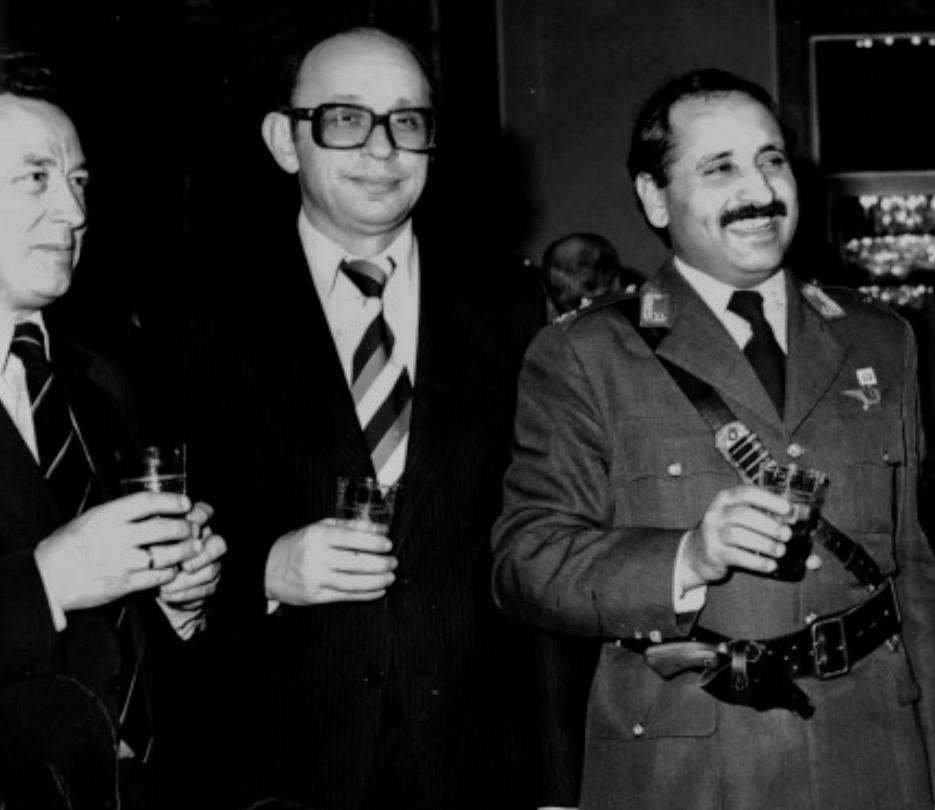
Harold Wankel—whose DEA background included buying drugs from informants, dealers, pimps, and prostitutes in Detroit—maintained that Dubs was killed by Soviet-directed gunfire from the bank balcony across the street and died slumped in his chair.
However, U.S. embassy political counsel Bruce Flatin observed that half of Dubs’ body was wet—as though he had been lying on the floor—which had been covered in water from radiators shot up in the barrage.
This implies that someone—likely police chief Lal Muhammed working in the service of Amin and the CIA—picked up Dubs and put him in the chair after he was killed—staging the crime scene.[11]
Brzezinski claimed that the Soviets had wanted Dubs dead to fulfill their plans to take over Afghanistan, which was to serve as a stepping stone for conquest of the Middle East.[12]
However, the Soviets got along famously with Dubs because he was not an anti-Soviet Russophobe like Brzezinski. The Soviets also never wanted to invade Afghanistan—they even went on record throughout the summer of 1979 trying everything to avoid it.

The claim that the Soviets killed Dubs because they were afraid he would win Amin away from their control is misleading because Amin was never under Soviet control—the Soviets reviled him and tried everything short of invasion to replace him, including getting the exiled king back to form a new government.[13]
Who Derived Advantage?
The Roman philosopher Seneca once stated that “the one who derives advantage from a crime is the one most likely to have committed it.”
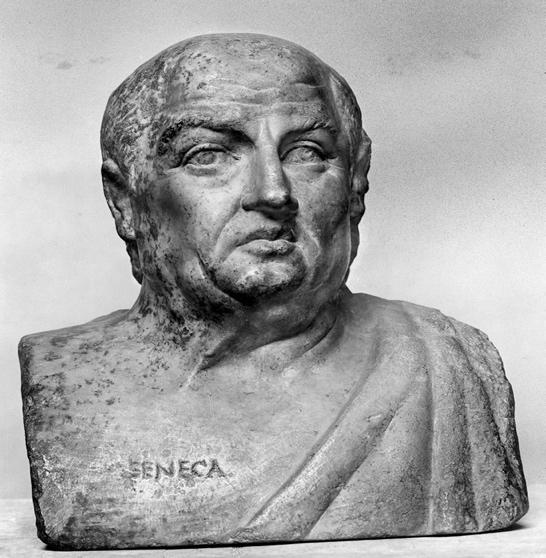
In the case of Dubs’ killing, the main beneficiaries were not the Soviets, but neoconservatives within the United States and Europe and CIA who wanted to avenge the American defeat in Vietnam—by drawing the Soviets into a quagmire in Afghanistan.
Five months after Dubs’ death, President Carter authorized the CIA to provide $695,000 in cash or non-military supplies to Afghanistan’s insurgents—a directive that set the groundwork for the largest covert operation in U.S. history to that point.

The Soviets had desperately wanted better relations with the U.S. at the time of Dubs’ killing and to withdraw from Afghanistan, but his murder ended any hope of this.
Since the Soviets were blamed, Dubs’ death also helped fuel public support for a revitalization of the Cold War and growth in the military budget in the late 1970s and 1980s..
CIA, Safari Club and Brzezinski
In a memoir of their experience as journalists in Afghanistan in the 1980s, Paul Fitzgerald and Elizabeth Gould present the theory that Brzezinski was behind Dubs’ assassination as an agent of the CIA and Safari Club.

[Source: amazon.com] 
Paul Fitzgerald and Elizabeth Gould [Source: opednews.com]
The authors suggest that one of Dubs’ kidnappers was a Safari Club agent who led the others to believe someone would be waiting for them in Room 117 and sent one of the kidnappers to clue in the U.S. embassy.
The Safari Club had agents embedded with the Afghan police at the hotel coordinating security for Iraqi strongman Saddam Hussein[14] and were advising Afghan chief of police Lal Mohammed—who was involved in drug trafficking—backstage.
After the Church Committee hearings and Watergate had exposed CIA abuses, the CIA had gone underground. Carter was a transitional president and Brzezinski was brought in to manage the transition.
France’s chief of external intelligence Count Alexandre de Marenches was a key figure along with his cousin, Belgian noble Arnaud de Borchgrave, Clark Clifford, the Democratic Party’s wise man, and CIA Director Richard Helms in setting up the Safari Club—named after a hunting resort in Kenya.
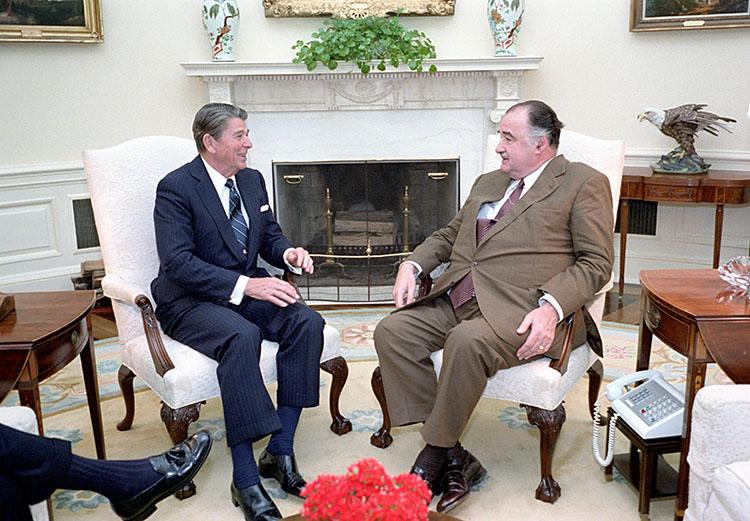
The Safari Club functioned as an off-the-books covert action force with roots in the old European nobility, whose main purpose was to roll back Soviet power and overthrow left-wing governments around the world.

Clark Clifford [Source: history.defense.gov] 
Richard Helms [Source: arlingtoncemetary.net]
Gould and Fitzgerald write that, “by 1976, the Safari Club had become the real CIA, covertly funded by Saudi Arabia through the Bank of Commerce and Credit International (BCCI) and run out of the U.S. embassy in Tehran. Afghanistan in turn offered the opportunity for BCCI to migrate the lucrative heroin business from Southeast Asia to the Pakistan/Afghan border,” where it was used to fund the covert war against the Soviet Union.[15]
Dubs had to be killed because he was probing into the drug trade as part of a UN investigating committee and would have prevented a Soviet invasion of Afghanistan, which was needed to justify the reinvigoration of the Cold War arms and nuclear arms race.
Dubs was further interfering with the Safari Club’s designs to bring Gulbuddin Hikmatyar to Kabul and establish Afghanistan as a base for Saudi Arabia’s religious and economic expansion into Central Asia, which housed lucrative oil and gas fields.[16]

Changing the Course of History
Dubs’ killing set the groundwork for America’s 40-plus year involvement in Afghanistan, which devastated the country.
Had he succeeded in his mission of drawing Amin into the U.S orbit and preventing a Soviet invasion, Afghanistan would have been at peace in the 1980s and made progress under PDPA rule. The Taliban would never have come to power, Osama bin Laden would never have gone to Afghanistan, and the U.S. would never have invaded.

A new era of peaceful U.S.-Soviet relations might have also extended into the post-Cold War world.
Unfortunately, the dark forces of the “deep state” had their own designs which changed the course of history—greatly for the worse.

-
Paul Fitzgerald and Elizabeth Gould, The Valediction: Three Nights of Desmond (Walterville, OR: Trine Day, 2021), 98, 99. ↑
-
Fitzgerald and Gould, The Valediction,195. Many Afghans considered the PDPA the best government Afghanistan has ever had. ↑
-
Fitzgerald and Gould, The Valediction,196. ↑
-
Fitzgerald and Gould, The Valediction, 141. ↑
-
Fitzgerald and Gould, The Valediction; Arthur Kent, Murder in Room 117: Solving the Cold Case That Led to America’s Longest War (Los Angeles, CA: Skywriter Communications, 2021), 17, 18. Dubs had fought in the Battle of Leyte in the Philippines and afterwards had wanted to become a Minister though chose a career in the foreign service after being educated at Georgetown University, Harvard and Washington University His daughter Lindsey stated that Dubs had felt that “before becoming indignant about situations in other countries. I would like to see us getting our point across by becoming a model other societies would consider worthy of emulation. ↑
-
Fitzgerald and Gould, The Valediction,100. ↑
-
Fitzgerald and Gould, The Valediction, 101. ↑
-
Fitzgerald and Gould, The Valediction, 118, 163. The CIA supplied the Tajiks with cash payouts under the cover of drug enforcement. The Tajik Maoists hated Amin because his drug police were shutting them down and scooping up the profits. ↑
-
Fitzgerald and Gould, The Valediction, 126-129. ↑
-
Kent, Murder in Room 117, 183, 210, 211. An independent forensics ballistics expert cast doubt on whether the PSM could have been the murder weapon. ↑
-
Flatin suspected that the Afghan police, not the Soviets, killed Dubs. ↑
-
Fitzgerald and Gould, The Valediction, 99. ↑
-
Fitzgerald and Gould, The Valediction, 131. ↑
-
Hussein had been recruited into the Safari Club’s orbit with the demise of the Shah and SAVAK during the 1979 Iranian revolution. Only later did the deep state turn against Saddam when his regional designs were too great. ↑
-
Fitzgerald and Gould, The Valediction, 148. ↑
-
Fitzgerald and Gould, The Valediction, 165. ↑
CovertAction Magazine is made possible by subscriptions, orders and donations from readers like you.
Blow the Whistle on U.S. Imperialism
Click the whistle and donate
When you donate to CovertAction Magazine, you are supporting investigative journalism. Your contributions go directly to supporting the development, production, editing, and dissemination of the Magazine.
CovertAction Magazine does not receive corporate or government sponsorship. Yet, we hold a steadfast commitment to providing compensation for writers, editorial and technical support. Your support helps facilitate this compensation as well as increase the caliber of this work.
Please make a donation by clicking on the donate logo above and enter the amount and your credit or debit card information.
CovertAction Institute, Inc. (CAI) is a 501(c)(3) non-profit organization and your gift is tax-deductible for federal income purposes. CAI’s tax-exempt ID number is 87-2461683.
We sincerely thank you for your support.
Disclaimer: The contents of this article are the sole responsibility of the author(s). CovertAction Institute, Inc. (CAI), including its Board of Directors (BD), Editorial Board (EB), Advisory Board (AB), staff, volunteers and its projects (including CovertAction Magazine) are not responsible for any inaccurate or incorrect statement in this article. This article also does not necessarily represent the views the BD, the EB, the AB, staff, volunteers, or any members of its projects.
Differing viewpoints: CAM publishes articles with differing viewpoints in an effort to nurture vibrant debate and thoughtful critical analysis. Feel free to comment on the articles in the comment section and/or send your letters to the Editors, which we will publish in the Letters column.
Copyrighted Material: This web site may contain copyrighted material the use of which has not always been specifically authorized by the copyright owner. As a not-for-profit charitable organization incorporated in the State of New York, we are making such material available in an effort to advance the understanding of humanity’s problems and hopefully to help find solutions for those problems. We believe this constitutes a ‘fair use’ of any such copyrighted material as provided for in section 107 of the US Copyright Law. You can read more about ‘fair use’ and US Copyright Law at the Legal Information Institute of Cornell Law School.
Republishing: CovertAction Magazine (CAM) grants permission to cross-post CAM articles on not-for-profit community internet sites as long as the source is acknowledged together with a hyperlink to the original CovertAction Magazine article. Also, kindly let us know at info@CovertActionMagazine.com. For publication of CAM articles in print or other forms including commercial internet sites, contact: info@CovertActionMagazine.com.
By using this site, you agree to these terms above.
About the Author

Jeremy Kuzmarov holds a Ph.D. in American history from Brandeis University and has taught at numerous colleges across the United States. He is regularly sought out as an expert on U.S. history and politics for radio and TV programs and co-hosts a radio show on New York Public Radio and on Progressive Radio News Network called “Uncontrolled Opposition.”
He is Managing Editor of CovertAction Magazine and is the author of six books on U.S. foreign policy, including Obama’s Unending Wars (Clarity Press, 2019), The Russians Are Coming, Again, with John Marciano (Monthly Review Press, 2018), Warmonger. How Clinton’s Malign Foreign Policy Launched the U.S. Trajectory From Bush II to Biden (Clarity Press, 2023); and with Dan Kovalik, Syria: Anatomy of Regime Change (Baraka Books, 2025).
Besides these books, Kuzmarov has published hundreds of articles and contributed to numerous edited volumes, including one in the prestigious Oxford History of Counterinsurgency .
He can be reached at jkuzmarov2@gmail.com and found on substack here.

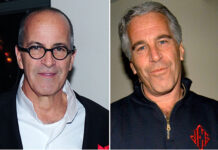
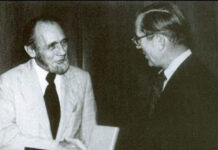
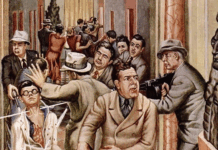

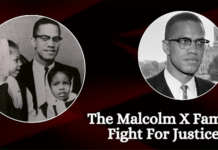
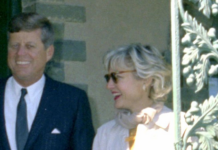
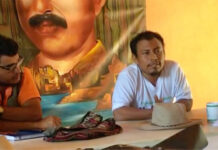
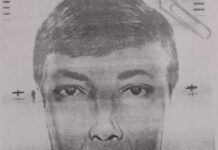
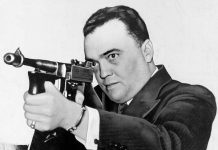

[…] and Liz also uncover CIA fingerprints all over the suspicious February 1979 assassination of Adolph Dubs, the American Ambassador to Afghanistan, whose negotiation attempts may have inadvertently thrown a […]
[…] and Liz also uncover CIA fingerprints all over the suspicious February 1979 assassination of Adolph Dubs, the American Ambassador to Afghanistan, whose negotiation attempts may have inadvertently thrown a […]
[…] and Liz also uncover CIA fingerprints all over the suspicious February 1979 assassination of Adolph Dubs, the American Ambassador to Afghanistan, whose negotiation attempts may have inadvertently thrown a […]
[…] and Liz also uncover CIA fingerprints all over the suspicious February 1979 assassination of Adolph Dubs, the American Ambassador to Afghanistan, whose negotiation attempts may have inadvertently thrown a […]
[…] and Liz also uncover CIA fingerprints all over the suspicious February 1979 assassination of Adolph Dubs, the American Ambassador to Afghanistan, whose negotiation attempts may have inadvertently thrown a […]
[…] and Liz also uncover CIA fingerprints all over the suspicious February 1979 assassination of Adolph Dubs, the American Ambassador to Afghanistan, whose negotiation attempts may have inadvertently thrown a […]
[…] and Liz also uncover CIA fingerprints all over the suspicious February 1979 assassination of Adolph Dubs, the American Ambassador to Afghanistan, whose negotiation attempts may have inadvertently thrown a […]
[…] and Liz also uncover CIA fingerprints all over the suspicious February 1979 assassination of Adolph Dubs, the American Ambassador to Afghanistan, whose negotiation attempts may have inadvertently thrown a […]
[…] and Liz also uncover CIA fingerprints all over the suspicious February 1979 assassination of Adolph Dubs, the American Ambassador to Afghanistan, whose negotiation attempts may have inadvertently thrown a […]
[…] and Liz also uncover CIA fingerprints all over the suspicious February 1979 assassination of Adolph Dubs, the American Ambassador to Afghanistan, whose negotiation attempts may have inadvertently thrown a […]
[…] and Liz also uncover CIA fingerprints all over the suspicious February 1979 assassination of Adolph Dubs, the American Ambassador to Afghanistan, whose negotiation attempts may have inadvertently thrown a […]
[…] and Liz also uncover CIA fingerprints all over the suspicious February 1979 assassination of Adolph Dubs, the American Ambassador to Afghanistan, whose negotiation attempts may have inadvertently thrown a […]
[…] and Liz also uncover CIA fingerprints all over the suspicious February 1979 assassination of Adolph Dubs, the American Ambassador to Afghanistan, whose negotiation attempts may have inadvertently thrown a […]
[…] and Liz also uncover CIA fingerprints all over the suspicious February 1979 assassination of Adolph Dubs, the American Ambassador to Afghanistan, whose negotiation attempts may have inadvertently thrown a […]
[…] and Liz also uncover CIA fingerprints all over the suspicious February 1979 assassination of Adolph Dubs, the American Ambassador to Afghanistan, whose negotiation attempts may have inadvertently thrown a […]
[…] and Liz also uncover CIA fingerprints all over the suspicious February 1979 assassination of Adolph Dubs, the American Ambassador to Afghanistan, whose negotiation attempts may have inadvertently thrown a […]
[…] and Liz also uncover CIA fingerprints all over the suspicious February 1979 assassination of Adolph Dubs, the American Ambassador to Afghanistan, whose negotiation attempts may have inadvertently thrown a […]
[…] and Liz also uncover CIA fingerprints all over the suspicious February 1979 assassination of Adolph Dubs, the American Ambassador to Afghanistan, whose negotiation attempts may have inadvertently thrown a […]
[…] and Liz also uncover CIA fingerprints all over the suspicious February 1979 assassination of Adolph Dubs, the American Ambassador to Afghanistan, whose negotiation attempts may have inadvertently thrown a […]
[…] and Liz also uncover CIA fingerprints all over the suspicious February 1979 assassination of Adolph Dubs, the American Ambassador to Afghanistan, whose negotiation attempts may have inadvertently thrown a […]
[…] and Liz also uncover CIA fingerprints all over the suspicious February 1979 assassination of Adolph Dubs, the American Ambassador to Afghanistan, whose negotiation attempts may have inadvertently thrown a […]
[…] groups. Paul and Liz also uncover C.I.A. fingerprints all over the suspicious February 1979 assassination of Adolph Dubs, the American Ambassador to Afghanistan, whose negotiation attempts may have […]
[…] soutenus par l’Occident. Paul et Liz découvrent également l’empreinte de la C.I.A. sur l’assassinat suspect, en février 1979, de Adolph Dubs, l’ambassadeur américain en Afghanistan, dont les tentatives […]
[…] groups. Paul and Liz also uncover C.I.A. fingerprints all over the suspicious February 1979 assassination of Adolph Dubs, the American Ambassador to Afghanistan, whose negotiation attempts may have […]
[…] 1979 Assassination of U.S. Ambassador to Afghanistan Adolph Dubs Set Groundwork for America’s Long… by Jeremy Kuzmarov, CovertAction Magazine October 29, 2021 […]
[…] covertactionmagazine.com […]
[…] https://covertactionmagazine.com/2021/10/29/1979-assassination-of-u-s-ambassador-to-afghanistan-adol… […]
[…] 1979 Assassination of U.S. Ambassador to Afghanistan Set Groundwork for America’s Longest War […]
Excellent piece, Mr. Kuzmarov.
[So many echoes of the Coup in Dallas. . . .]
“New evidence links Zbigniew Brzezinski, the CIA and European fascists who formed the Safari Club to the crime.” [consider CIA and international fascists operations in Dallas.]
“Brzezinski had helped elevate Carter to the presidency as a member of the Trilateral Commission, a Rockefeller-funded group whose goal was to restore U.S. hegemony after the Vietnam War and undermine the 1960s movement.” [consider Kennedy’s planned withdrawal, and post-assassination in Dallas.]
“France’s chief of external intelligence Count Alexandre de Marenches [consider Phillipe de Vosjoli] was a key figure along with his cousin, Belgian noble Arnaud de Borchgrave, Clark Clifford, the Democratic Party’s wise man, and CIA Director Richard Helms [consider Dulles and Angleton] in setting up the Safari Club—named after a hunting resort in Kenya.”
“The Safari Club functioned as an off-the-books covert action force with roots in the old European nobility [consider Donovan and Dulles’ World Commerce Corporation, spin-off Permindex, and Argentinian Nazi Johannes Bernhardt’s Sofindus], whose main purpose was to roll back Soviet power and overthrow left-wing governments around the world.”[consider the assassination of Lumumba, et al]
“Dubs’ murder paved the way [sic] for Charlie Wilson’s War. Wilson was a Texas Congressman who championed aid to the Afghan mujahadin in the 1980s.” [consider East Texas oil men involved with “former” Nazis from 1952-1963++]
“Dubs was further interfering with the Safari Club’s designs to bring Gulbuddin Hikmatyar to Kabul and establish Afghanistan as a base for Saudi Arabia’s religious and economic expansion into Central Asia, which housed lucrative oil and gas fields.” [ibid]
[Consider continuity of the coup . . . “oil smooths the way to silent, and sometimes deadly, change.”—Mrs. Pierre Lafitte]
Nice white washing of the communists. After they slaughtered the president in 1978 they tried to “reform” land, ignoring the division of families and tribes in the countryside. In March 1979 Soviet advisers told communist soldiers to fire on Afghan demonstrators. Other soldiers then killed them, and the revolution was underway.
The vast majority of the people opposed the communists. The communists used secret police that captured and tortured dissenters, and the military was sent out from the capital to “subdue” villages.
Excellent comment. Soviet brutality was enormous
[…] Source: Jeremy Kuzmarov – Covert Action Magazine […]
GREAT WORK, JEREMY. Very well research and beautifully written and explained. Two small points I’d like to comment on, just to make 100% sure everything you said is understood beyond any doubt. You wrote – most accurately – “Jimmy Carter is widely revered for his down-to-earth and folksy manner and for having taken many principled stands on political issues.”. Jimmy Carter may be remembered as…..etc, but he is no exception to the rule. Exceptions get assassinated, like John F. Kennedy. To survive, Presidents, each one in his own style, must promote and protect the American MIC. Who or how many die in the process, is irrelevant.
By the same token, when after quoting Seneca you say “In the case of Dubs’ killing, the main beneficiaries were the neoconservatives within the United States and Europe and CIA…” I’d add “…..benefitting directly or indirectly from MIC deals.”